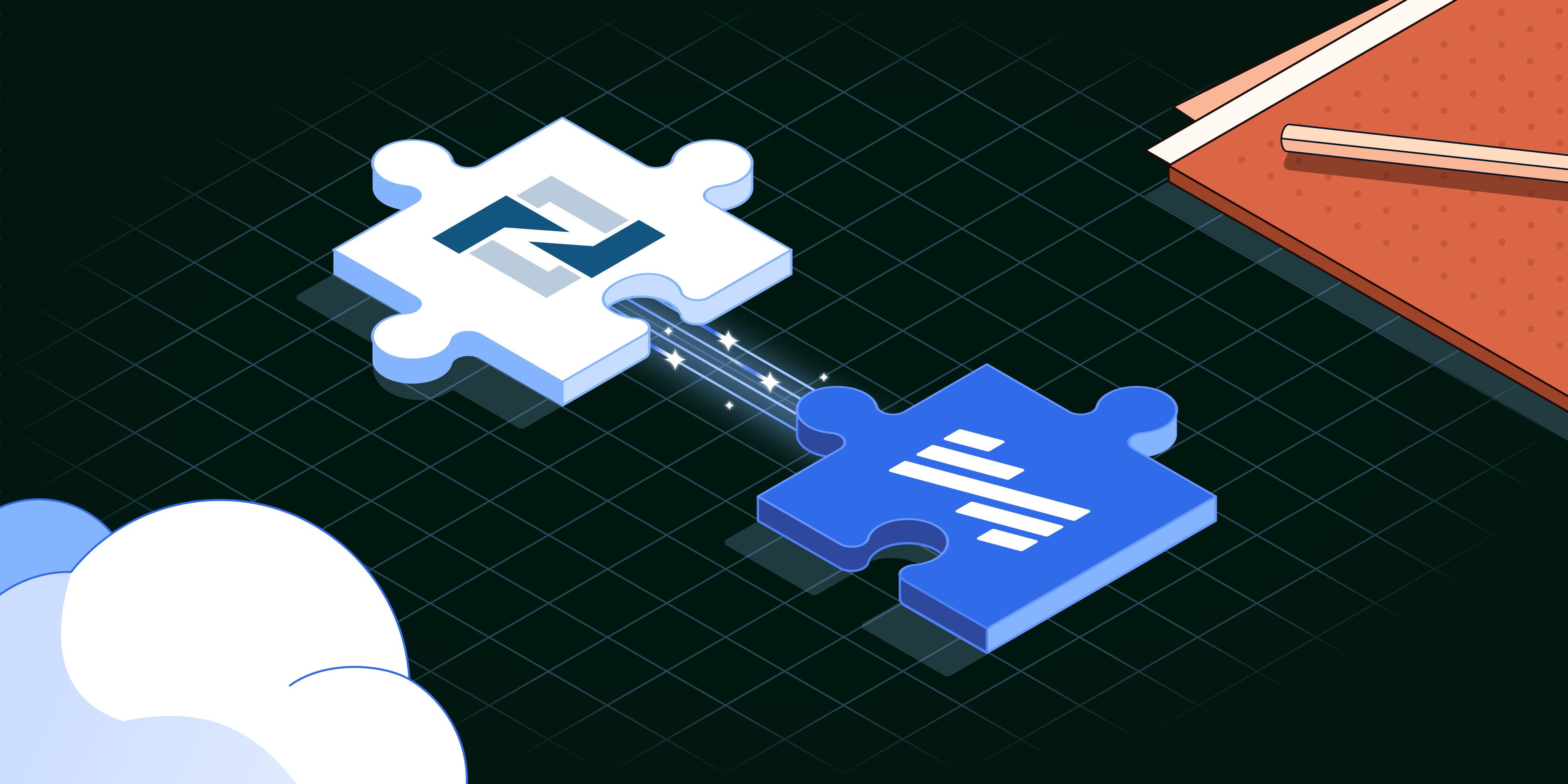NetSuite is one of the most powerful ERPs, and also one of the hardest to integrate. Fivetran makes it effortless.
As a cloud-based replacement for QuickBooks, Microsoft Dynamics GP, SAP and other business software, NetSuite supports:
- Financial management and accounting
- Operations, supply chain, and inventory management
- Customer relationship management and sales
- Human resources, payroll, and workforce management
Over 43,000 firms globally use NetSuite. A growing number are customers of Fivetran.
Why you should use the Fivetran NetSuite connector
Fivetran’s NetSuite connector supports both NetSuite and NetSuite 2, meaning it’s both future-ready and accommodates users who are still in the process of moving from legacy platforms. It covers virtually all meaningful NetSuite data, including accounts, transactions, items, vendors, customers, subsidiaries, currency/exchange rates, and custom records.
Besides comprehensiveness, Fivetran guarantees automation, scalability, and reliability, and time to insight through a number of powerful features.
Updated pricing
We do not charge for deletes and reimports, only for changed data. This means your costs are more predictable and aligned with the value to your business. With updated pricing, many customers are already seeing a cost reduction in their bills.
Performance
We capture data incrementally and use multiple concurrent sessions to parallelize syncs. The upshot is high throughput and low latency even for large, demanding workloads. Capture ERP changes instantly so finance always sees real-time results.
Delete capture
Data integrity is very important for us. We capture deletes for our customers using a unique sync strategy that doesn’t sacrifice performance.
Managed schema drift
Stop debugging schemas — we handle drift automatically. We automatically update the schemas for you in the destination.
Transformations
Fivetran offers a dedicated dbt package that builds extensive transformed views — balance sheet, income statement, and transaction details — from raw NetSuite data. By solving common use cases for your data team, this capability brings you closer to the last mile of analytical and operational uses of data.
Our dbt package is compatible with both NetSuite and NetSuite 2, making migrations easy.
Don’t try to DIY ETL from NetSuite
Like other ERPs, NetSuite can be very difficult to extract and load data from. Software designed to serve a wide range of business operations is inherently complicated. When this complexity is combined with incomplete documentation and inconsistent naming, the result is a set of virtually unusable APIs.
NetSuite poses three key challenges:
- Software UI, documentation, and the API endpoint are inconsistent – This introduces considerable ambiguity and confusion, requiring careful reverse engineering and understanding of the product’s functionality to build an effective data connector.
- Extremely complex data model – In addition to the aforementioned challenge, NetSuite instances can contain thousands of denormalized tables meant for operational, not analytical, uses. These tables need to be normalized for analytical use.
- Officially sanctioned extraction methods themselves pose a headache – NetSuite’s suggested methods for data extraction are often inconsistent with each other, impose limitations on data volumes and throughput, and rarely accurately reflect customizations users may have made to the software’s data mode.
It takes clever workarounds, reverse-engineering, and sleuthing in close coordination with customers for Fivetran to build and maintain a connector that delivers reasonably complete and timely data.
Building data connectors from scratch and maintaining them is costly and labor-intensive, in general. NetSuite exemplifies this challenge to an extreme. By contrast, Fivetran’s consumption-based pricing and efficiency upgrades make enterprise-grade ERP data integration both easy and affordable for growing teams.
Real-world applications of the NetSuite connector
The challenges the Fivetran team experienced while building the NetSuite connector have stymied company after company, making the Fivetran NetSuite connector an essential enterprise staple.
Grafana Labs faced tight deadlines to migrate its ERP to NetSuite and build a 360° customer-view dashboard. With Fivetran’s fully managed pipelines and pre-built dbt packages, it completed the ERP migration in 3-4 weeks—saving up to eight weeks of development time. Within just two weeks, Grafana delivered a customer 360 dashboard unifying billing, usage, and sales data, enabling sales and success teams to uncover upsell opportunities. The marketing team gained autonomy with managed data pipelines, and Grafana scaled analytics for two years without a dedicated data engineering hire.
Parachute Home, a U.S. direct-to-consumer home-essentials brand, needed to centralize data from its e-commerce platform (Shopify) and its cloud ERP (NetSuite) to enable faster insights and revenue growth. Using Fivetran’s pre-built connectors for Shopify and NetSuite, the data team reduced ETL script time from two months to one day and built a self-service analytics culture. Now teams across finance, product, merchandising and customer service can access unified data to forecast revenue, margin, fulfillment timelines and repeat orders — empowering scale and agility.
With Fivetran for NetSuite, integrating ERP data no longer requires time, code, or costly maintenance. Our fully managed connector turns complex data pipelines into an automated, affordable service. Your teams can focus on insights and value rather than infrastructure. Connect and start making better business decisions instantly.
[CTA_MODULE]









